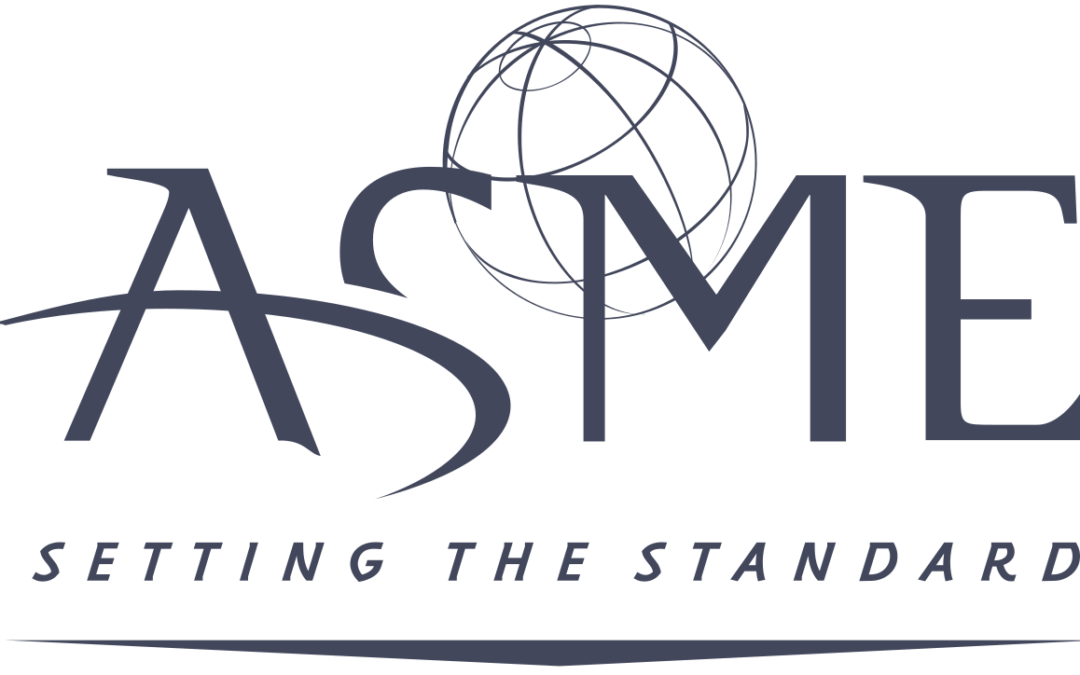Introduction:-
Standards are critical to the safe and effective functioning of almost every aspect of our infrastructure, yet they are seldom given much attention. With the help of standards, we can ensure that the fasteners that hold automobiles and other machines together are interchangeable and strong enough; that machinery used to move people and materials is reliable and safe, and power plants that provide us with electricity are safe and reliable as well.
Standards serve as key building blocks for research, product development, and innovation in addition to assisting to assure interoperability, safety, dependability, and quality. As a result of standards, commerce is facilitated since buyers and sellers of products and services may trust one another.
About ASME:-
Formed in 1880 by a small group of prominent entrepreneurs as the American Society of Mechanical Engineers to address pressing technical issues, ASME has played a key role in standardizing from the start (see inset). Because of its focus on cooperation and information exchange, ASME is currently a leading not-for-profit membership association for engineers of all specialties. Because of its 125,000 members, ASME is able to assist the world’s engineers to overcome difficult problems and improve technical knowledge for everyone’s benefit. Over 500 standards have been developed, maintained, and published by the organization, ranging from basic equipment like hand tools and plumbing fittings to sophisticated systems controlling computational analysis and power plant design and operation.
It is not only ASME that develops technical standards; it is widely regarded as a pioneer in the provision of consensus standards in the mechanical engineering sector.
Where do standards fit in the scheme of things?
There are various purposes for standards, as stated in the introduction. Manufacturing and service companies have an industry-approved standard to develop their goods to. A similar situation arises when those working in procurement compare the items given by different suppliers. Contracts that call for fabrication or construction work often stipulate the quality of the job to be executed. The ASME Boiler and Pressure Vessel Code, Section IX, Welding, Brazing and Fusion Qualifications is one example of numerous industrial contracts that call for welding to be completed in line with the ASME Boiler and Pressure Vessel Code. It helps to assure greater quality when two or more competing items or services must fulfill a certain standard. This promotes comparison. It is also possible for enterprises to acquire economies of scale and access to numerous markets by employing internationally applicable standards such as ASME’s.
Who makes use of the ASME norms?
To ensure that items that come into direct touch with customers are of a high enough quality and safety level, manufacturers and suppliers employ standards such as ASME’s B107 Standards on Hand Tools and its PALD Standard on Portable Automotive Lifting Devices. Several standards control not only the safe design of equipment, but also its operation, inspection, testing, and maintenance, such as the ASME B30 Standard for Cranes, Hoists, and Related Lifting Equipment, the ASME A17 Elevator, and Escalator Safety Code, and the ASME B31 Pressure Piping Codes In addition to providing makers, customers, and users (such as technically trained contractors) with information, these standards also include requirements aimed at protecting the general public from possible risks.
What is the process through which ASME standards are created?
One or more volunteer committees of subject area experts establish and manage each ASME standard. These committees are entrusted with ensuring that the standard remains relevant to the sectors that utilize it by integrating technological advances and lessons learned through real-world application. Those who serve on ASME Standards & Certification committees are highly skilled professionals who care about and want to contribute to the development of a particular standard’s scope of work. There is no requirement that members serve on the standards committees on behalf of their employers, but if an employer does support a member’s participation (or the expertise or experience the member brings to the standards committee), then the employer’s business interests are taken into consideration when selecting members to ensure a proper balance among stakeholders. Reappointment is possible for members once their first terms expire.
To prevent any group from dominating, ASME standards committees must include a balanced representation of members from diverse interest groupings. Users, manufacturers, insurance interests, testing labs, government regulatory bodies, and general interest are a few examples of numerous interest classes (including academia and consultants).
To volunteer, you must agree to follow the ASME Policy on Conflict of Interest, the Engineer’s Code of Ethics, and Intellectual Property Policies.
When particular provisions are included in standards, the real-world experience usually supports it. Data to support a uniform methodology is not always accessible, of course. To handle research and development initiatives that provide data in support of standardization, especially for new and innovative technologies, ASME Standards Technology LLC (LLC) was founded.


